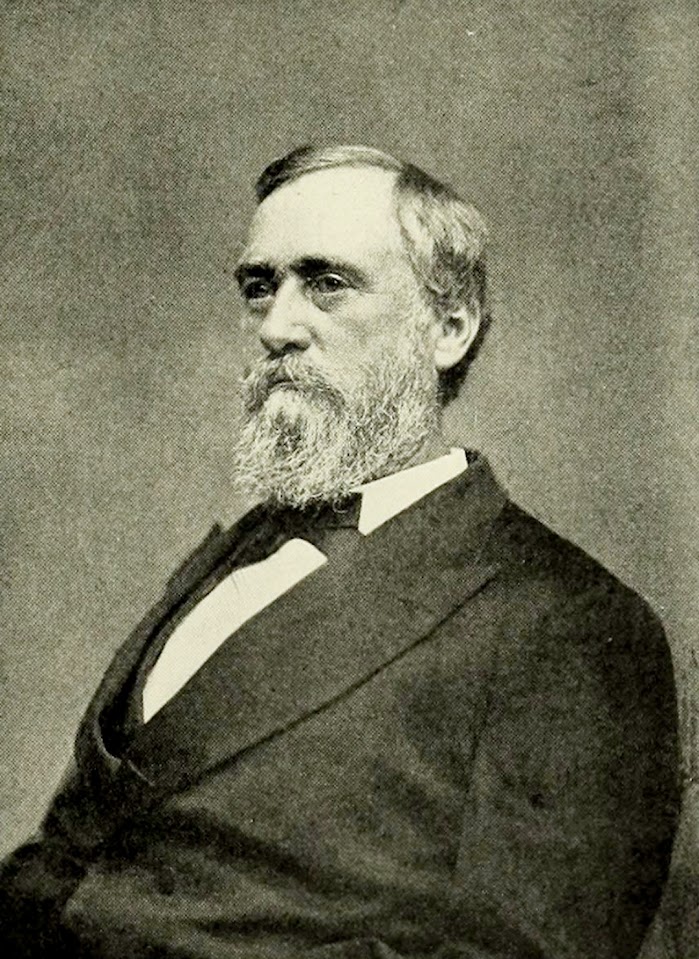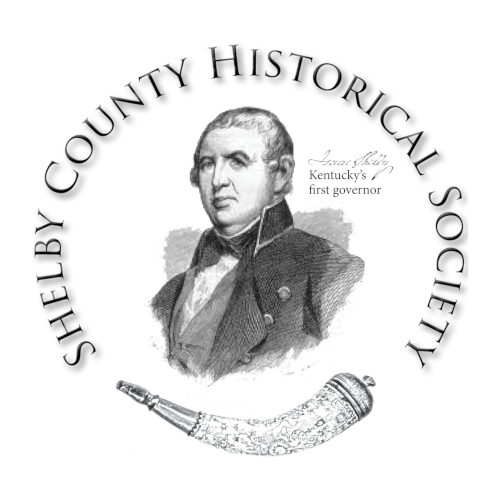

Professor Joseph Winlock
Professor Joseph Winlock was born in 1826 in Shelby County and earned his primary education in a small school on the farm of Thomas V. Loofborough, near Finchville. Winlock attended Shelby College, and after graduating in 1845, he stayed on to teach Astronomy and Mathematics. He later taught at the U.S. Naval Academy at Annapolis, Maryland and became a Fellow with the American Academy of Arts & Sciences.
In 1865, Professor Winlock was named Director of the Observatory at Harvard University. In those days, Havard’s Observatory was not very well equipped. In fact, the Observatory at Shelby College was far superior. It was home to one of the three most advanced telescopes in the United States and came with a price tag of $4,000. Over the next ten years, what equipment Winlock could not procure for Harvard, he invented himself. He is credited with the invention of many measuring devices, including the Hygrophant, a device that indicates the level of humidity in the air. After Winlock brought a contingent of scholars to Shelbyville to observe the 1869 Solar Eclipse, he developed a longer telescope that allowed more light into the chamber to allow clearer pictures of the heavens. He traveled to Spain to study the Eclipse of 1870 and became the first to photograph the sun’s corona at the point of totality.
Winlock’s daughters followed in their father’s footsteps. His daughter, Anna became the first female to perform computations at the Harvard Observatory, and her sister, Louisa followed soon after.
Joseph Winlock passed away suddenly and unexpectedly in 1875. The Winlock Crater on the far side of the moon was named to honor him for his contribution to Astronomical Science.
Harvard University has preserved a large collection of Winlock’s observations and correspondence, including discussions on astrological and meteorological information. The inventory is as follows, “11 document boxes, 3 flat boxes, 2 legal half-document boxes, and 1 extra-tall document box.” His inventions and measuring devices are stored in the Harvard Collection of Historical Scientific Instruments.
